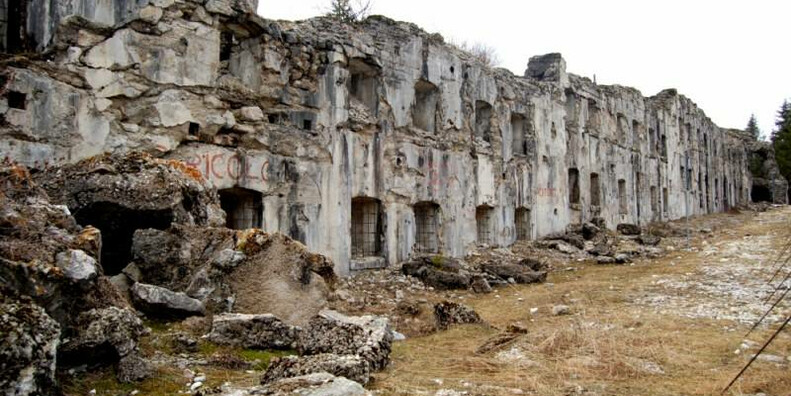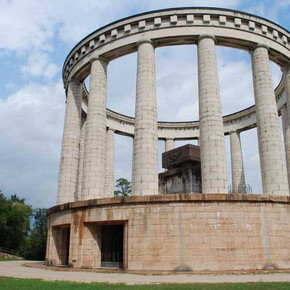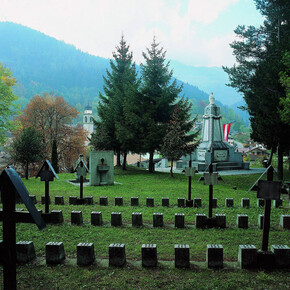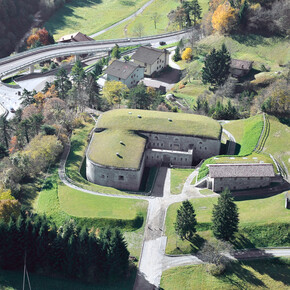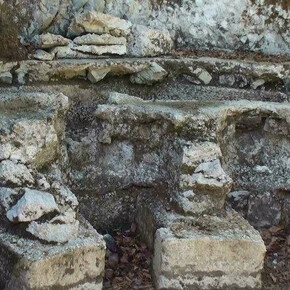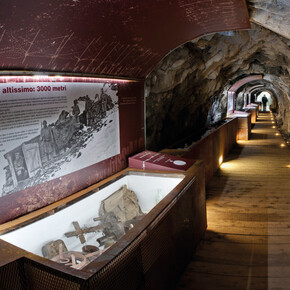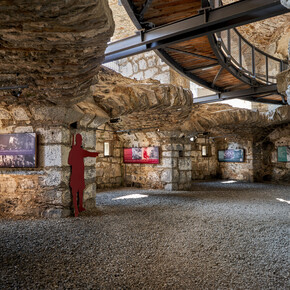Forte Busa Verle
The Fortress of Busa Verle was part of the guarding system along the Austro-Hungarian border.
The Fortress of Busa Verle was built before World War One and is located near the pass of Vezzena, at an elevation of 1,504 metres a.s.l. Erected in a strategic location between 1907 and 1914 by the Austrian-Hungarians, it was part of the fortified outpost system built along the border between the Austro-Hungarian Empire and the Kingdom of Italy, together with the forts of Campo di Luserna and Belvedere di Lavarone, and used to block the road leading to the Asiago plateau. It was heavily bombarded by the Italian artillery and attacked by the Alpine infantry troops during the first months of the war. From the beginning of the "Strafexpedition" or Punitive Expedition, in May 1916, and the South-eastwards move of the front, it was used as lodgings and as view-point.
The fort is stretched along a straight line and made to adapt to the stair-stepped four terraces of the ground. By featuring four rotating armoured domes and armoured tunnels, it hosted four 104 mm howitzers, four 6 cm cannons along the front bulwark, two 80 cm cannons in the "Traditor" battery and fifteen machine-guns. It was manned by 200 artillery-men and 100 engineers under Lieutenant Giebermann first, and later under Lieutenant Julius Papak. From there over 20,000 projectiles were shot against the Italian lines. It was dismantled in the 1930s and sold to Levico Municipality.

